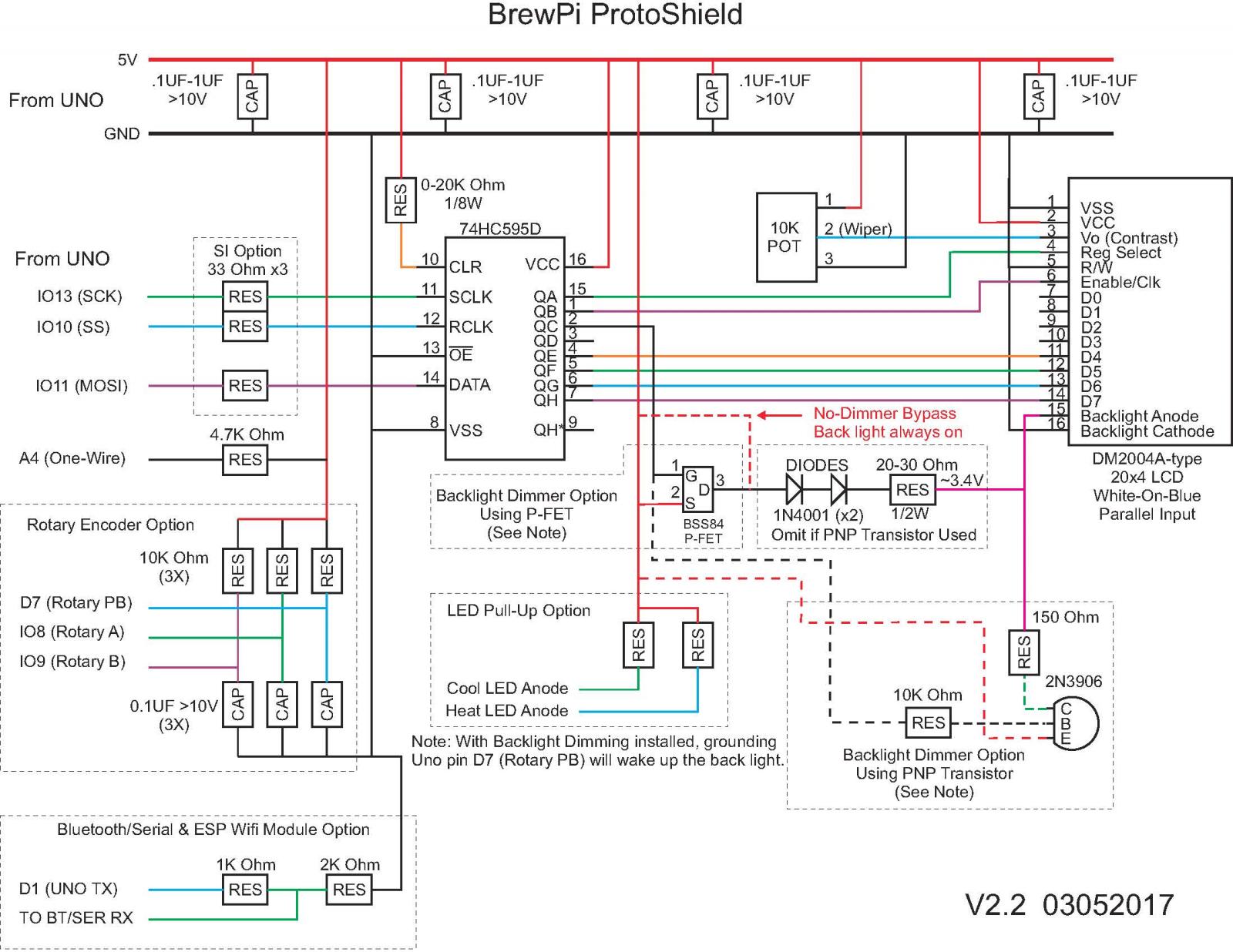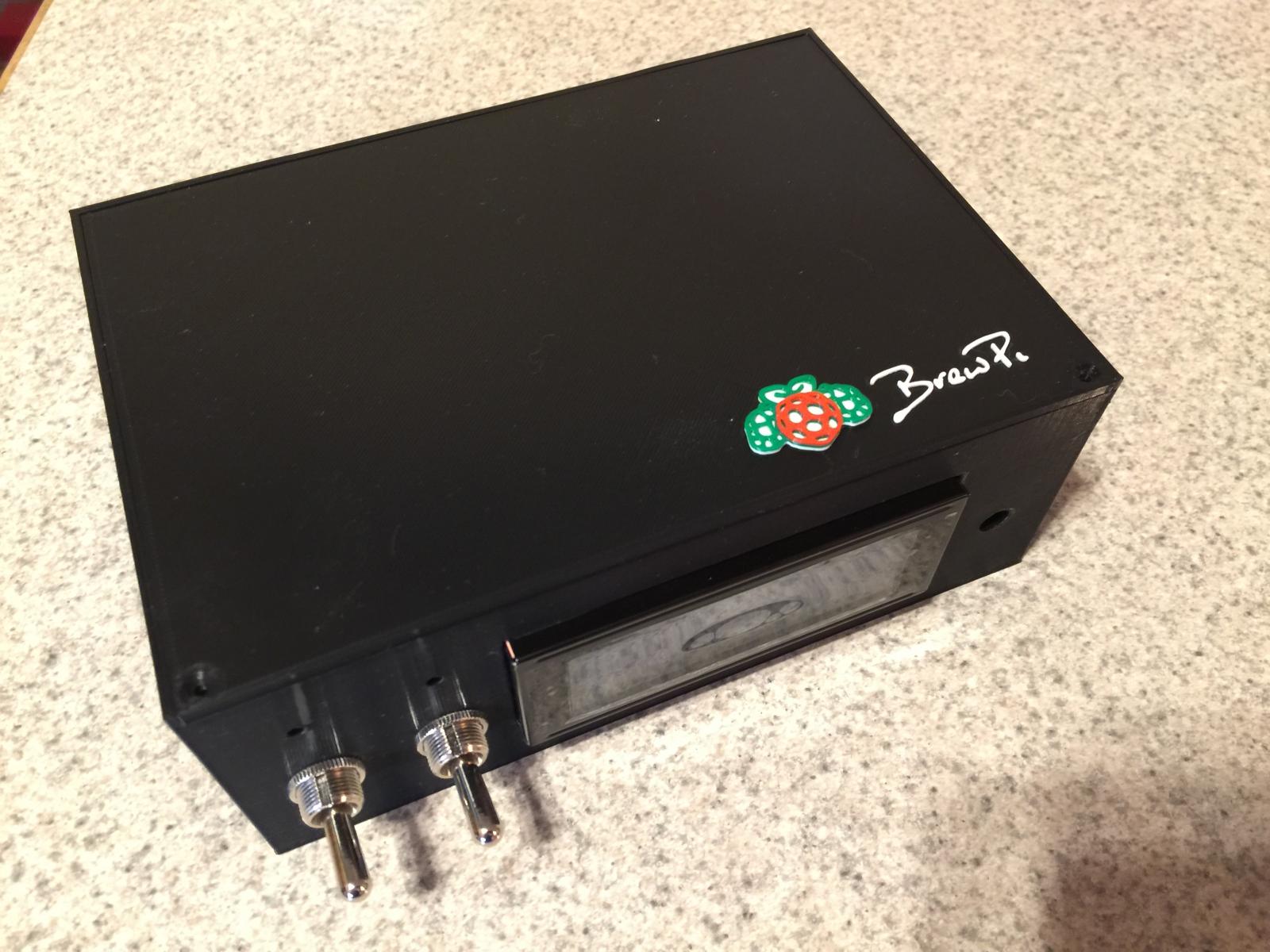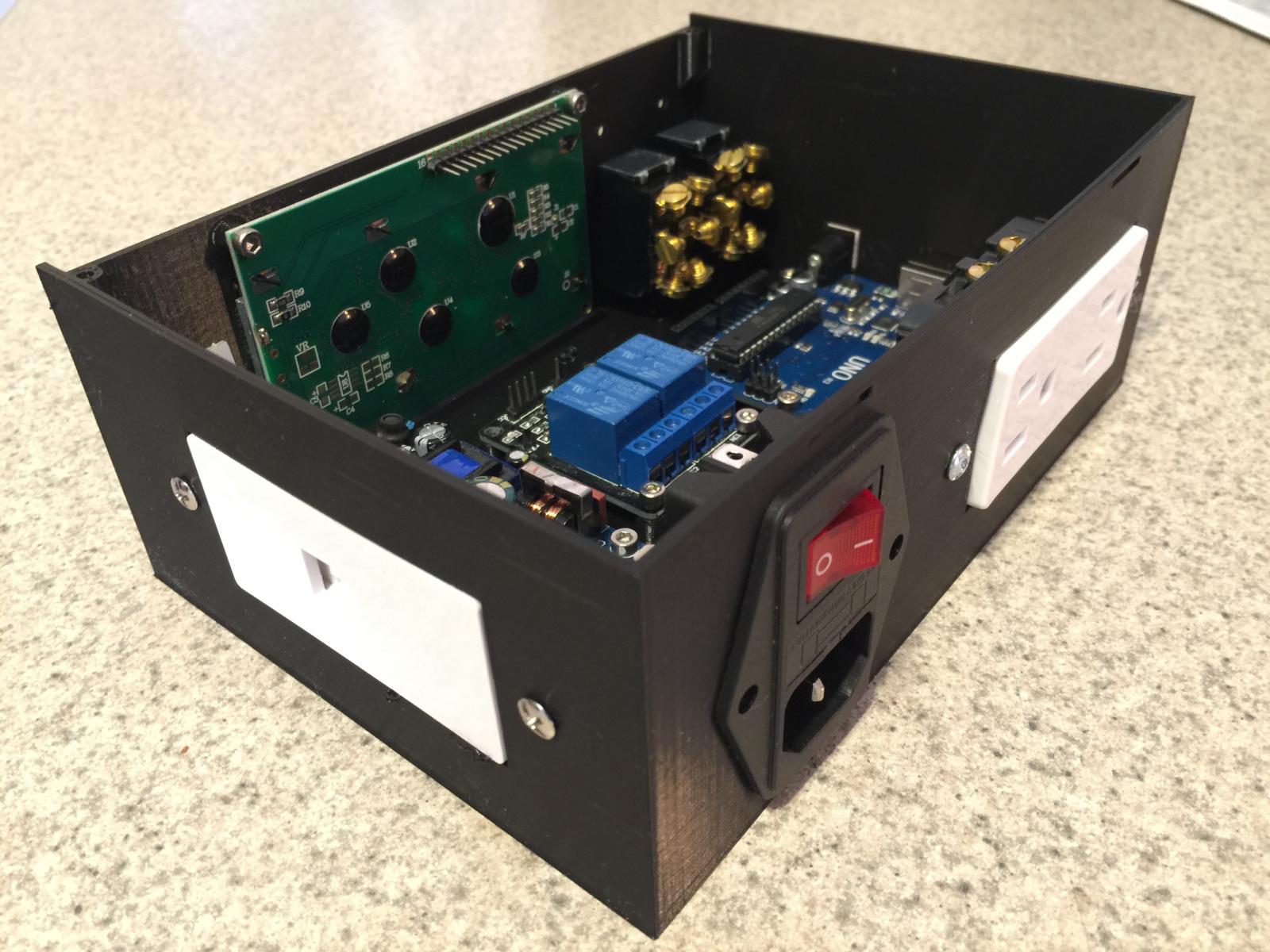PapaFoxtrot
Well-Known Member
Well, one month after the reorder to replace my boards that were lost by HK Post was entered - there's no sign that the order was processed. So, three months after I first ordered the boards, I figure this one is snakebit and I requested a refund. We'll see how that goes. I'll sit back a bit and watch the revisions and decide if I want to try again or just beg a spare board off another member...













